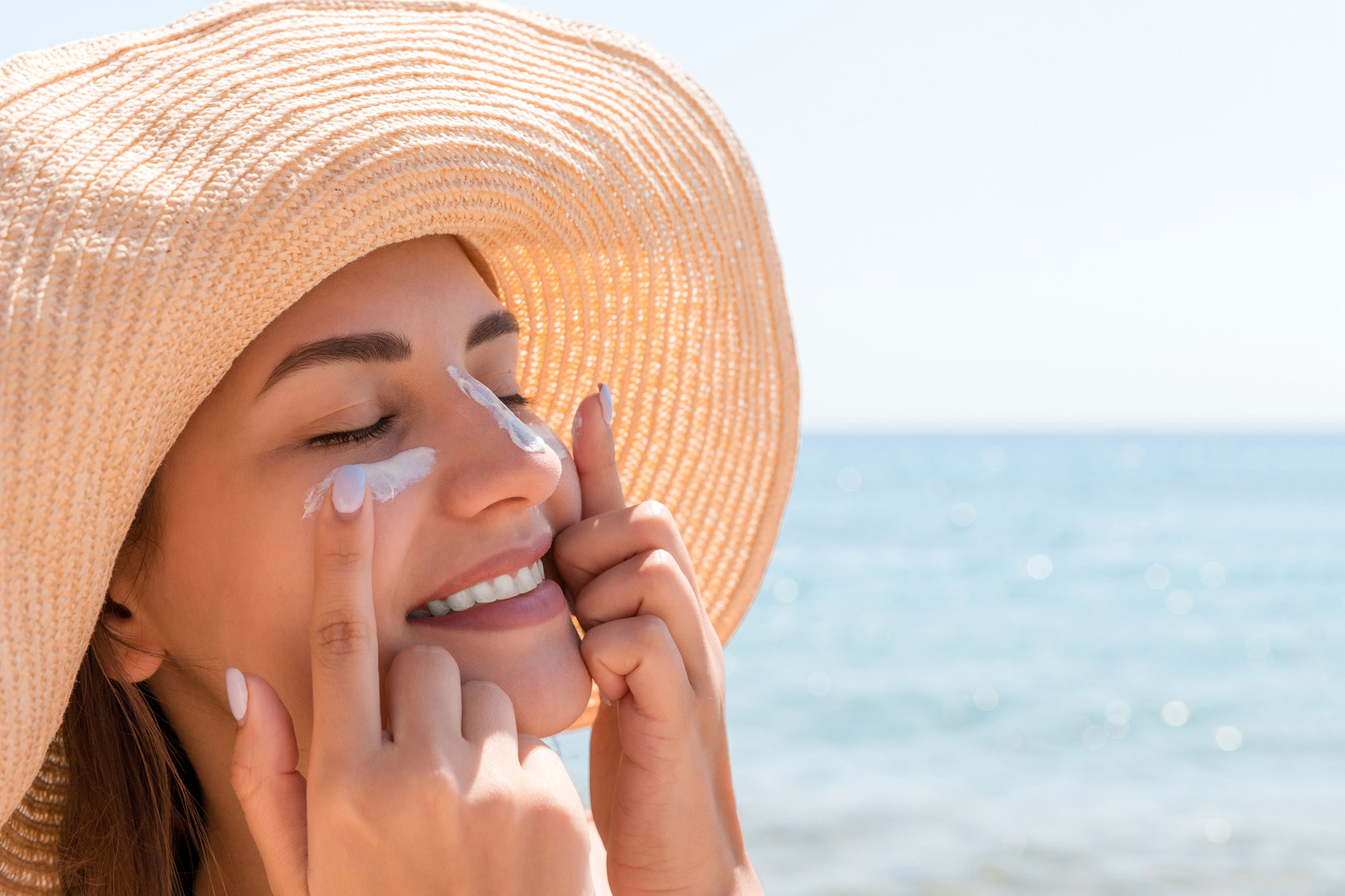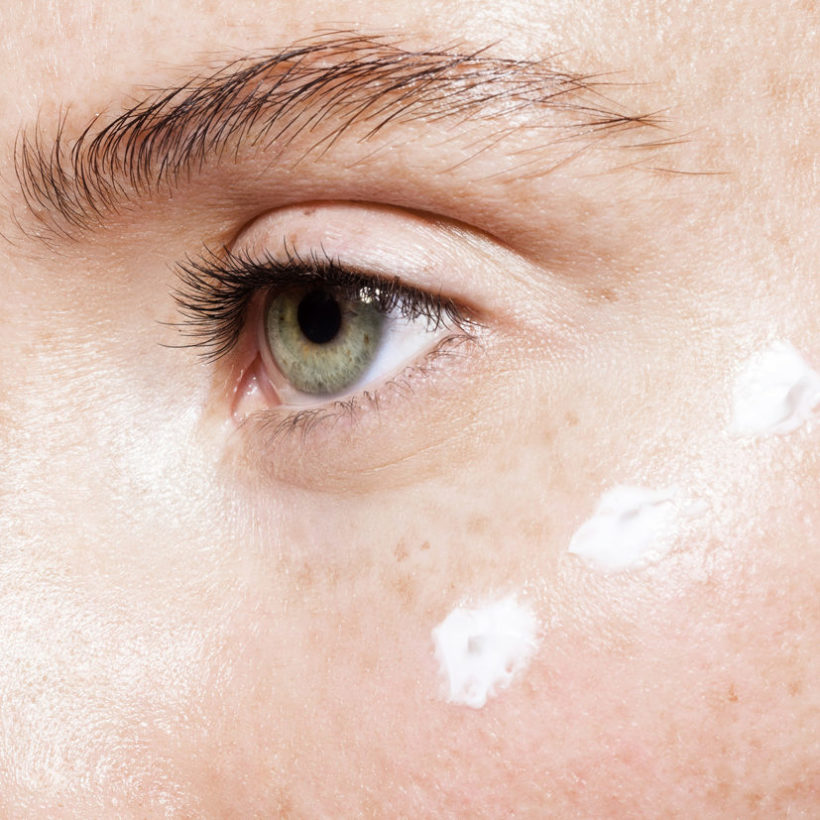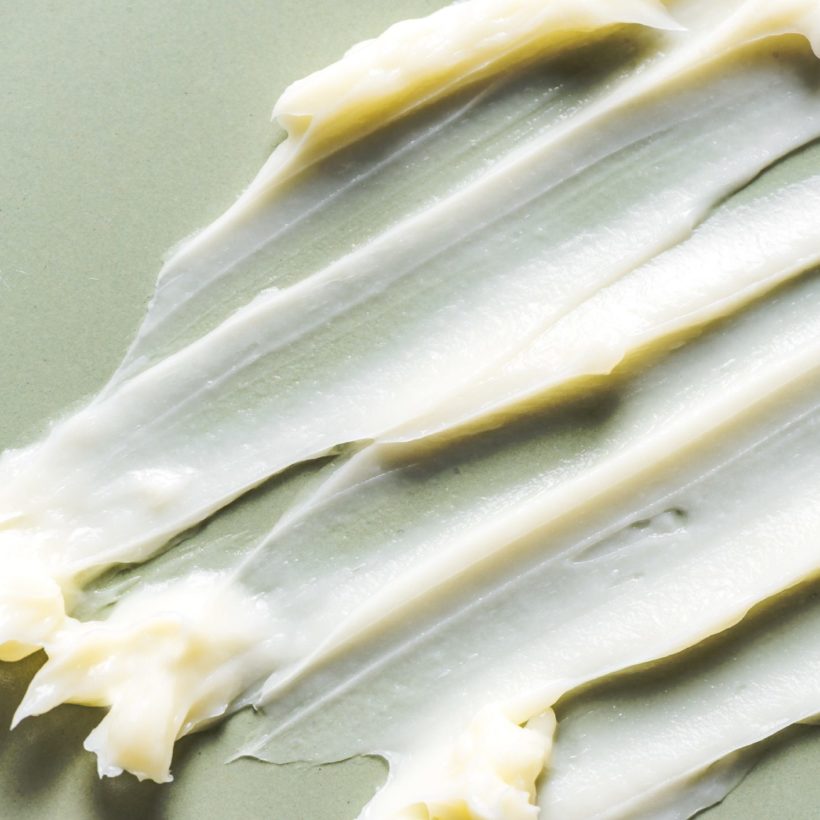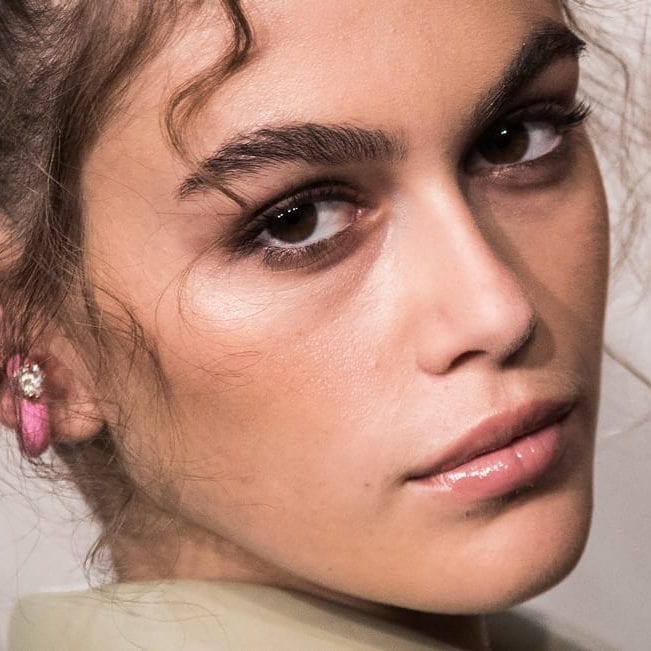However you feel about the end of summer — bummed that you didn’t check off everything on your warm-weather bucket list, or overheated and ready for fall — it can bring an unexpected change in your skin. We’re not talking heat rash or post-mosquito bite marks, but dark circles. Really: Dark under-eye circles can become more prominent during summer, causing them to be front and center when September rolls around.
While dark circles are usually blamed on a lack of sleep, many factors can give the under-eye area a red or purple-ish look: genetics, age, lifestyle habits, and the list goes on. So, even if you’ve been turning in early and waking up feeling refreshed, dark circles could still stick around. Here, how exactly why and how that happens — and, of course, how you can get rid of dark under-eye circles for good.
Meet the Experts
Melanie Palm, MD is a dermatologist in San Diego, CA.
Why dark circles are more common in the summer
First, a quick disclaimer that sun exposure isn’t the number-one cause of dark circles. As we mentioned, they’re multifactorial, meaning several factors can add to a zombie-like look; the sun is just one of these.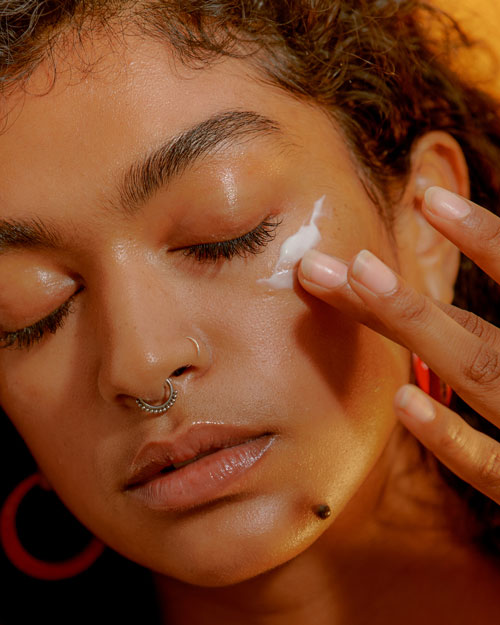
“The skin around your eyes is the thinnest skin on your face – which means it is incredibly delicate and fragile,” says Melanie Palm, MD. “This means this area is susceptible to sun damage and hyperpigmentation, as excessive sun exposure increases the melanin content in your skin, which can give you darker circles.”
It’s an equal-opportunity factor, too, meaning everyone feels its effects — whatever your skin tone. “Sun damage and visible blood vessels are greater problems for lighter-skinned people, while those with darker skin are prone to inflammation-induced hyperpigmentation,” Dr. Palm says. And since UV radiation causes skin inflammation, it can also lead to dark circles through that mechanism.
But why now? There’s the obvious connection regarding timing: Summer is prime time for sun exposure. “If you’re not protecting your skin with a wide-brimmed hat and consistent SPF application, it is likely sun exposure can cause hyperpigmentation on certain areas of your face, including under your eyes,” she says.
In addition to that, Dr. Palm says, “it’s not uncommon to experience darker circles during certain months, like during allergy season during the spring and summer.” When allergies flare, that can lead to puffiness around the eyes that then cast shadows — contributing to the appearance of dark circles — or create actual dark circles via inflammation.
Other factors contributing to dark circles
In addition to sun damage, inflammation, and allergies, there are many other reasons your dark circles won’t quit. For starters, dark circles can result from bone structure — like the formation of tear troughs — or you could have inherited genes that make you prone to hyperpigmentation. For instance, research has found that people of color are more prone to hyperpigmentation.
Then, there’s also the matter of aging, which (of course) can impact the skin. “As you get older, your skin thins, which results in increased pigmentation under the eyes,” says Dr. Palm. And fatigue and dehydration aren’t just myths — they can also contribute to dark circles.
How to fix your dark circles
Since we’re talking sun damage, it’s always a good idea to start with sunscreen. “Always apply a broad-spectrum sunscreen before heading outdoors and reapply every 90 minutes, remembering to apply sunscreen areas that are often forgotten, including the under-eye area and eyelids,” says Dr. Palm. Sunday Riley Light Hearted Broad Spectrum SPF 30 Sunscreen is a mineral and chemical hybrid formula designed to block harmful UV rays while reducing the look of dark spots, lines, and wrinkles. “Wearing a visor, hat, or UV sunglasses and seeking shade often are also great ways further to protect yourself from sun damage during the summer months.”
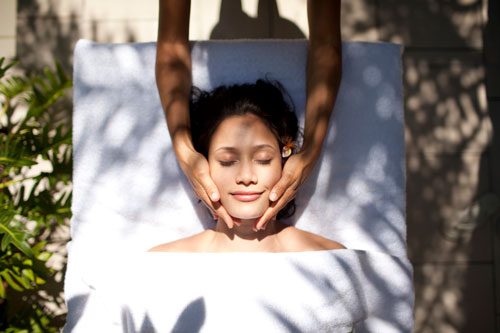
Next up? Stick with a consistent skincare routine that incorporates brightening ingredients (to offset that hyperpigmentation) and those that renew the skin, like retinol. “Retinol is one of the best ingredients to treat hyperpigmentation due to its ability to speed up cell turnover,” she says. It’s also a smart pairing with niacinamide, which actively soothes and can therefore counteract retinol’s drying effects.
On top of that, niacinamide can interfere with the pigment production process, which further helps keep the pigment from forming in the first place. You can find them both in the Sunday Riley 5 Stars Retinoid + Niacinamide Eye Serum, where they work together to improve and prevent dark circles. Dr. Palm is also a fan of ingredients like arbutin and tranexamic acid, “which can also help treat dark spots by fighting melanocytes that contribute to stubborn brown patches and dark spots,” she says.
If the topical solutions don’t cut it (and assuming your dark circles are bugging you), consider making an appointment with a board-certified dermatologist to learn about your non-invasive options. “Certain dermatological treatments, like lasers and microneedling, can help minimize the appearance of dark circles,” says Dr. Palm.
Finally, tweaking your lifestyle habits can help as well. Getting at least seven hours of sleep should be a no-brainer, but Dr. Palm also recommends loading your plate with nutrient-dense and anti-inflammatory foods and staying hydrated. Not only will you feel more awake, but you’ll look it, too.
We only recommend products we have independently researched, tested, and loved. If you purchase a product found through our links, Sunday Edit may earn an affiliate commission.
